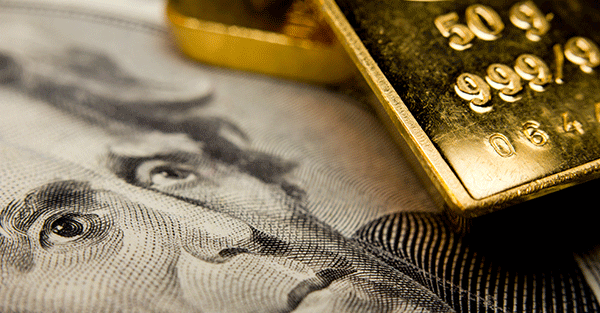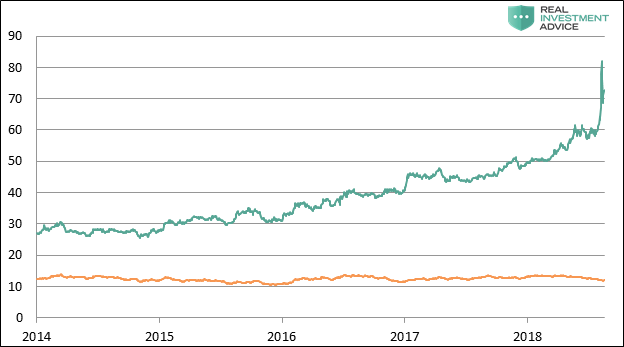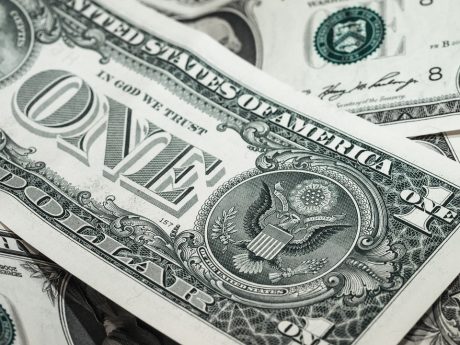Where every keystroke becomes part of one’s permanent record, where e-devices track one’s every move, the ability to pay physical cash for a financial transaction may have become the only off-the-record action one can execute, unless, of course, it’s recorded on one of the ubiquitous security cams. But signs are everywhere that this last freedom is slated for oblivion. Many paths appear aimed toward a global monetary system in which every buy/sell exchange, from castle to candy bar, is recorded onto the accumulating history of each human unit. The trick has been to prepare the public in step-wise, frog-in-gradually-heated-water fashion.
“There is nothing, however, in standard theories of money that requires transactions to be anonymous from tax- or law-enforcement authorities.” —Kenneth Rogoff, 2014
In 2014, Harvard economist Kenneth Rogoff (winner of the 2011 Deutsche Bank Prize and a former chief economist for the IMF) authored “Costs and Benefits to Phasing Out Paper Currency” in which he wrote “Paper currency facilitates making transactions anonymous, helping conceal activities from the government in a way that might help agents avoid laws, regulations and taxes…. [E]lectronic money, in principle, can be traced by the government.” 78% of U.S. currency in circulation is in $100 bills, and similar high/low denomination ratios are seen in Japan and the EU. That large denomination bills are the preferred currency for much of crime — drug running, money laundering, tax-evasion — has become the prime argument for doing away with them in favor of electronic money. In 2017, Rogoff published a book on his theories, The Curse of Cash. Other prominent economists, e.g. former Treasury Secretary Lawrence Summers, have, likewise, advocated dropping currency. The discussions have generally focused on large denomination bills only, $100, $50, perhaps $20. Still, Rogoff has written flatly that “Currency should be becoming technologically obsolete”.
…click on the above link to read the rest of the article…













 Etatiste tool Kenneth Rogoff, whose authoritarian jeremiads against cash currency we have first discussed and criticized in 2014 in “
Etatiste tool Kenneth Rogoff, whose authoritarian jeremiads against cash currency we have first discussed and criticized in 2014 in “

